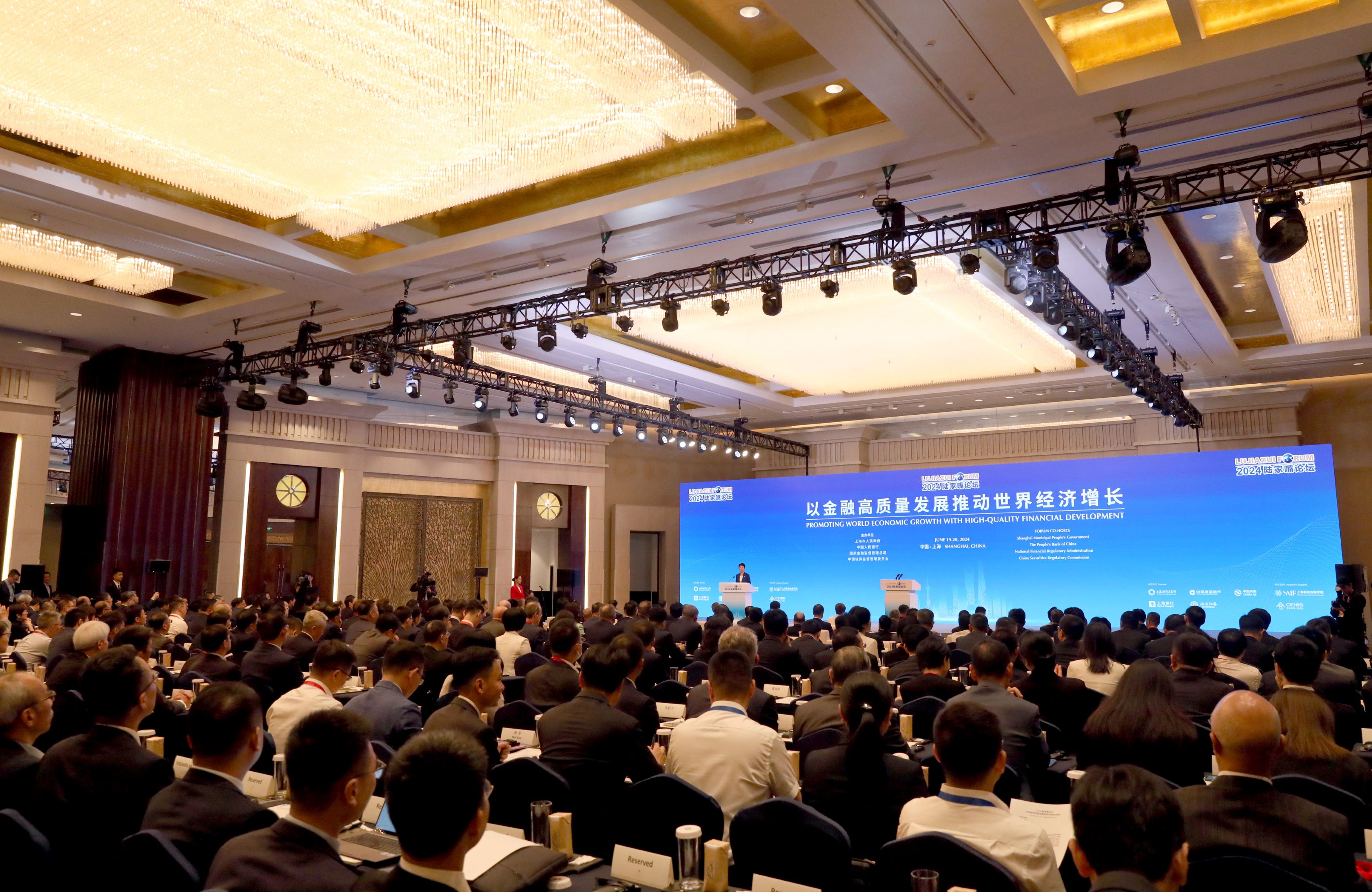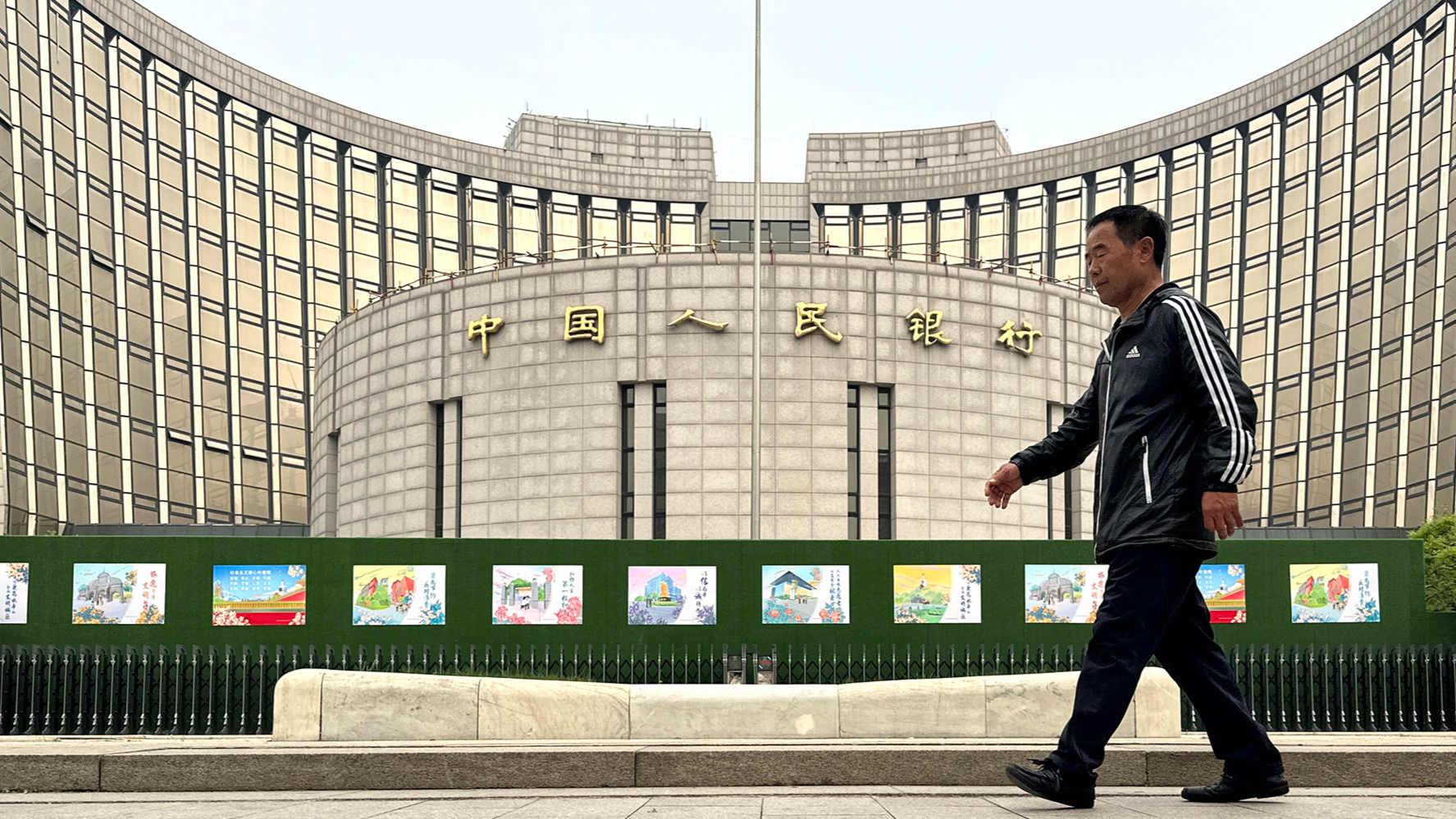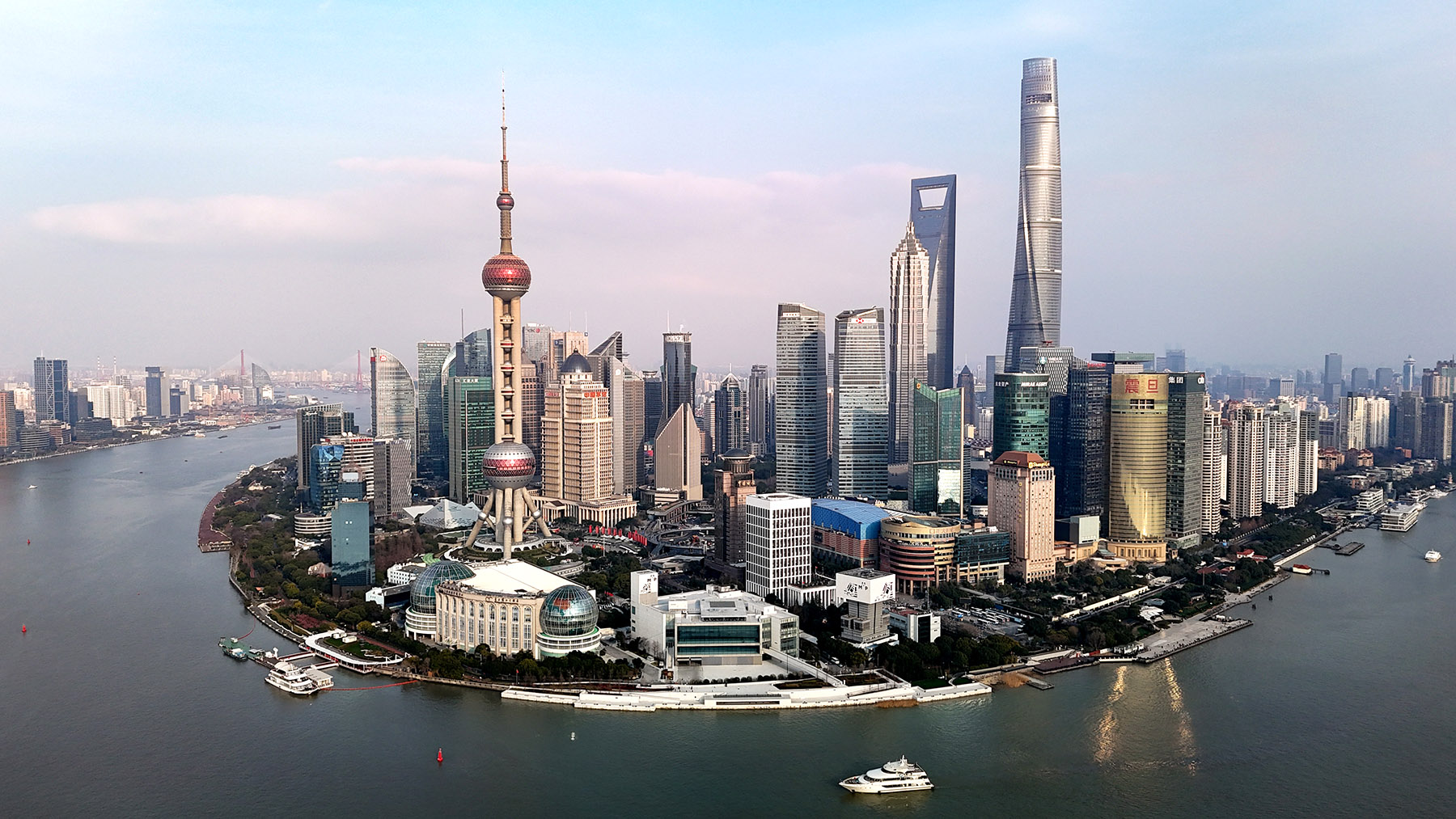
SHANGHAI - China has taken firm steps to prevent the risks of exchange rate overshooting, said Pan Gongsheng, governor of the People's Bank of China (PBOC), on Wednesday.
The RMB exchange rate has remained basically stable in complicated circumstances, Pan said at the 15th Lujiazui Forum held in Shanghai.
Entering this year, the major advanced economies have postponed, yet again, their monetary policy reversal timing and the China-US interest rate spread has continued to be relatively high, he added.
Letting the market play a decisive role in the formation of exchange rates, China's central bank has maintained the flexibility of the exchange rate, while strengthening guidance of expectations and taking firm steps to prevent the risks of exchange rate overshooting, Pan said.
ALSO READ: China unveils step to help stabilize property market
Through sustained efforts over the years, China's foreign exchange market has achieved substantial progress, with market participants becoming more mature and transacting in a more rational manner, he noted.
An increasing number of business entities are using the tools for exchange rate risk hedging, Pan said, adding that as the RMB cross-border receipts and payments now account for 30 percent of trade in goods, the exposure of enterprises to currency exchange risks has been reduced.
Pan said China is also more experienced in coping with foreign exchange market fluctuations.
During the forum, the central bank governor also said China will continue to keep its monetary policy accommodative and strengthen counter-cyclical and inter-temporal adjustments
As major economies are gradually reversing their monetary policies this year and the dollar appreciation is weakening, the difference between the monetary policy cycles at home and abroad is narrowing, he said.
READ MORE: China to roll out new measures to deepen reform of STAR market
These factors combined will help keep the RMB exchange rate basically stable and balance cross-border capital flows, thereby gaining more space for China's monetary policy maneuvers, Pan said.
During the forum, the central bank governor also said China will continue to keep its monetary policy accommodative and strengthen counter-cyclical and inter-temporal adjustments.
The move will help facilitate economic recovery and create a favorable monetary and financial environment for economic and social development, Pan added.
Looking ahead, while undergoing continued recovery, the Chinese economy is still confronted with some challenges, as the effective demand is still insufficient; there are blockages to domestic economic circulation, and the complexity, severity, and uncertainty of the external environment have risen significantly, he said.

Since the beginning of this year, global inflation has started to cool down, but it is still strongly sticky, Pan said, adding that some central banks such as the European Central Bank have begun their rate cuts while some others are still observing the developments and may cut rates later this year.
On the whole, central banks remain unchanged with their high interest rates and restrictive monetary policy stance, while China differs somewhat from them, Pan said. "Our monetary policy stance is accommodative, providing financial support for the continuous economic recovery."
At May-end, the year-on-year growth rate of the aggregate financing to the real economy and M2 reached 8.4 percent and 7 percent, respectively, both higher than the nominal GDP growth rate in the first quarter of this year
Pan said the PBOC has adopted a variety of monetary policy instruments, such as cutting the required reserve ratio and policy rates, and bringing down market rates such as the loan prime rates, which created a favorable monetary and financial environment for the high-quality development of the economy.
At May-end, the year-on-year growth rate of the aggregate financing to the real economy and M2 reached 8.4 percent and 7 percent, respectively, both higher than the nominal GDP growth rate in the first quarter of this year. The interest rate on new loans issued in May stood at a relatively low level of 3.67 percent.
Concerning the structure of money and credit, the PBOC gave full play to the role of macro-prudential policies and structural monetary policy instruments, Pan said.
"We have initiated the central bank lending for sci-tech innovation and technological transformation, which aims to enhance financial support for sci-tech innovation and equipment upgrading and renovation. We have launched a package of policies to support the real estate sector, including lowering the minimum down payment ratios for individual's commercial housing mortgages," Pan said.
Currently, China's outstanding balance of structural monetary policy instruments is valued at around 7 trillion yuan (about $983.7 billion), accounting for about 15 percent of the balance sheet of the PBOC, Pan said, adding that the instruments were set to support key areas and weak links of the national economy, such as the development of micro and small businesses and green transformation.
The PBOC also seeks to regulate market behaviors, make better use of existing inefficient financial resources and enhance the efficiency of fund use, Pan said.

Building international financial center
China has intensified moves to develop its Shanghai Municipality into a "strong international financial center" as part of the efforts to build up financial strength and promote high-level opening up.
The Chinese central bank said it will formulate action plans for Shanghai to facilitate cross-border financial services and enhance financial support for the headquarters economy
The research bureau of the PBOC unveiled a string of measures to improve Shanghai's competitiveness and influence in a statement on Tuesday.
The central bank will formulate action plans for Shanghai to facilitate cross-border financial services and enhance financial support for the headquarters economy, the statement said.
READ MORE: IMF Shanghai Regional Center officially opens
The city is encouraged to become a green financial hub, with efforts to promote the renminbi as a pricing currency for green energy. Its communication with other international financial organizations and centers will be strengthened to optimize the business environment and attract more foreign institutions and long-term capital.
The new measures came as China moved to build itself into a financial powerhouse to pursue high-quality development of the financial sector.
The central financial work conference held last October called for accelerating the building of a nation with a strong financial sector. The goal was detailed at a key meeting attended by senior officials in January this year, with a series of core elements, including strong international financial centers.
The PBOC statement stressed the necessity of international financial centers for a nation that aims to develop a strong financial sector.
ALSO READ: Multilayered market gets financial edge
"The process of promoting the construction of Shanghai as an international financial center is the process of the country's continuous efforts to expand opening up," the statement said.
By the end of 2023, there were 548 foreign-funded institutions operating in Shanghai, accounting for over 30 percent of the total financial institutions there, and nearly 500,000 people were employed in the financial sector
As one of the most internationalized cities in China, Shanghai plays a crucial role in the country's financial opening up.
The city boasts a diverse array of financial markets including stocks, bonds and currencies and provides a wide range of services from custody to settlement and clearing.
By the end of 2023, there were 548 foreign-funded institutions operating in Shanghai, accounting for over 30 percent of the total financial institutions there, and nearly 500,000 people were employed in the financial sector.
As an important hub for the renminbi's internationalization, Shanghai's cross-border renminbi receipts and payments amounted to 23 trillion yuan (about $3.23 trillion) last year, accounting for nearly 44 percent of the country's total.
ALSO READ: Further limits on securities refinancing urged
At present, the renminbi has emerged as the fourth most active currency in global payment, the third in trade financing and the fifth in transactions.
The central bank will improve the connectivity of financial markets at home and abroad, strengthen international standard governance and cooperation in financial infrastructure, and improve the legal and institutional construction of financial infrastructure, according to the statement.
Work will be done to establish a financial regulatory system commensurate with the level of financial openness, with enhanced digitalization of regulation and continuous monitoring of cross-border capital flows in key areas, industries, and businesses, the statement added.


